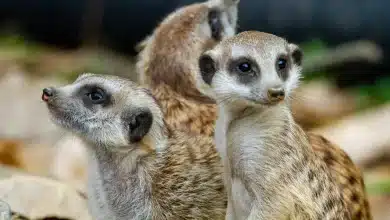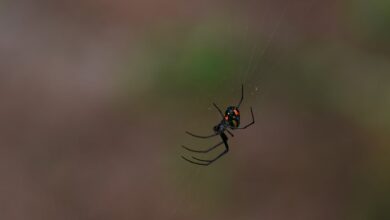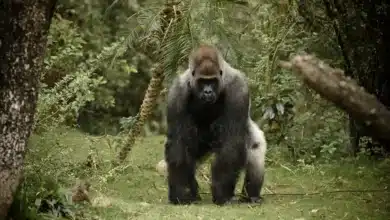Amazing Facts About Crocodiles & Their History
By Geography Scout
Few creatures on Earth inspire as much awe and respect as the crocodile. Ancient, powerful, and nearly unchanged for millions of years, crocodiles are among the most successful predators ever to live. These semi-aquatic reptiles have outlived the dinosaurs, survived mass extinctions, and continue to rule rivers and swamps across the tropics today.
Let’s dive deep into the fascinating world of crocodiles—exploring their history, biology, and the amazing facts that make them some of the most extraordinary animals on our planet.
A Species as Old as Time
Crocodiles belong to an ancient lineage that stretches back over 200 million years, making them one of the oldest surviving vertebrate groups on Earth. Their ancestors first appeared during the Late Triassic period, around the same time as early dinosaurs.
While dinosaurs came and went, crocodiles adapted and endured. Their lineage, the Crocodyliformes, evolved from small land-dwelling reptiles into the semi-aquatic predators we know today. The modern crocodile family, Crocodylidae, has existed for roughly 80 million years, making them true living fossils.
Their success lies in their adaptability. Crocodiles can thrive in both freshwater and saltwater environments, regulate their metabolism efficiently, and go for months without food if necessary. These evolutionary advantages have kept them alive while so many other prehistoric giants vanished.
Where Crocodiles Are Found
Crocodiles inhabit tropical and subtropical regions across Africa, Asia, Australia, and the Americas. They are most commonly found in rivers, lakes, wetlands, and mangrove swamps. Some species, like the Saltwater Crocodile (Crocodylus porosus), even venture into the open ocean.
Here’s a quick look at where major species live:
-
Saltwater Crocodile – Northern Australia, Southeast Asia, India, and coastal Pacific islands.
-
Nile Crocodile – Found throughout sub-Saharan Africa in rivers and lakes.
-
American Crocodile – Inhabits Central and South America, as well as southern Florida.
-
Mugger Crocodile – Lives in India, Pakistan, Sri Lanka, and parts of Iran.
-
New Guinea Crocodile – Native to freshwater swamps and rivers in Papua New Guinea.
-
Orinoco Crocodile – Found in Venezuela and Colombia’s river systems.
In total, there are 15 recognized species of crocodiles worldwide, ranging in size, habitat, and behavior.
How Many Crocodiles Are There?
Global crocodile populations vary by species. Some, like the Saltwater and Nile Crocodiles, have thriving numbers—each estimated in the hundreds of thousands. Others, such as the Orinoco Crocodile, are critically endangered with fewer than 1,000 individuals left in the wild.
The International Union for Conservation of Nature (IUCN) lists several species as threatened due to habitat loss, illegal hunting, and human conflict. However, conservation programs, breeding projects, and wildlife protection laws have helped many populations recover over the past few decades.
Overall, scientists estimate there are over a million crocodiles living in the wild globally—a testament to their resilience and adaptability.
What Crocodiles Eat
Crocodiles are carnivores and apex predators in their ecosystems. Their diet depends on their size and habitat, but it typically includes fish, birds, mammals, and sometimes other reptiles.
Young crocodiles feed on insects, small crustaceans, and amphibians. As they grow, they graduate to larger prey such as fish, turtles, birds, and even wildebeest or water buffalo in some regions.
Crocodiles are ambush hunters—they rely on stealth and patience rather than speed. They often remain almost completely submerged, with only their eyes and nostrils above the surface, waiting for an unsuspecting animal to approach the water’s edge. When the moment is right, they strike with lightning speed, using their immense jaws to drag the prey underwater and drown it.
Their digestive system is one of the most powerful in the animal kingdom. They can digest bones, hooves, and horns thanks to highly acidic stomach juices, ensuring that no part of a meal goes to waste.
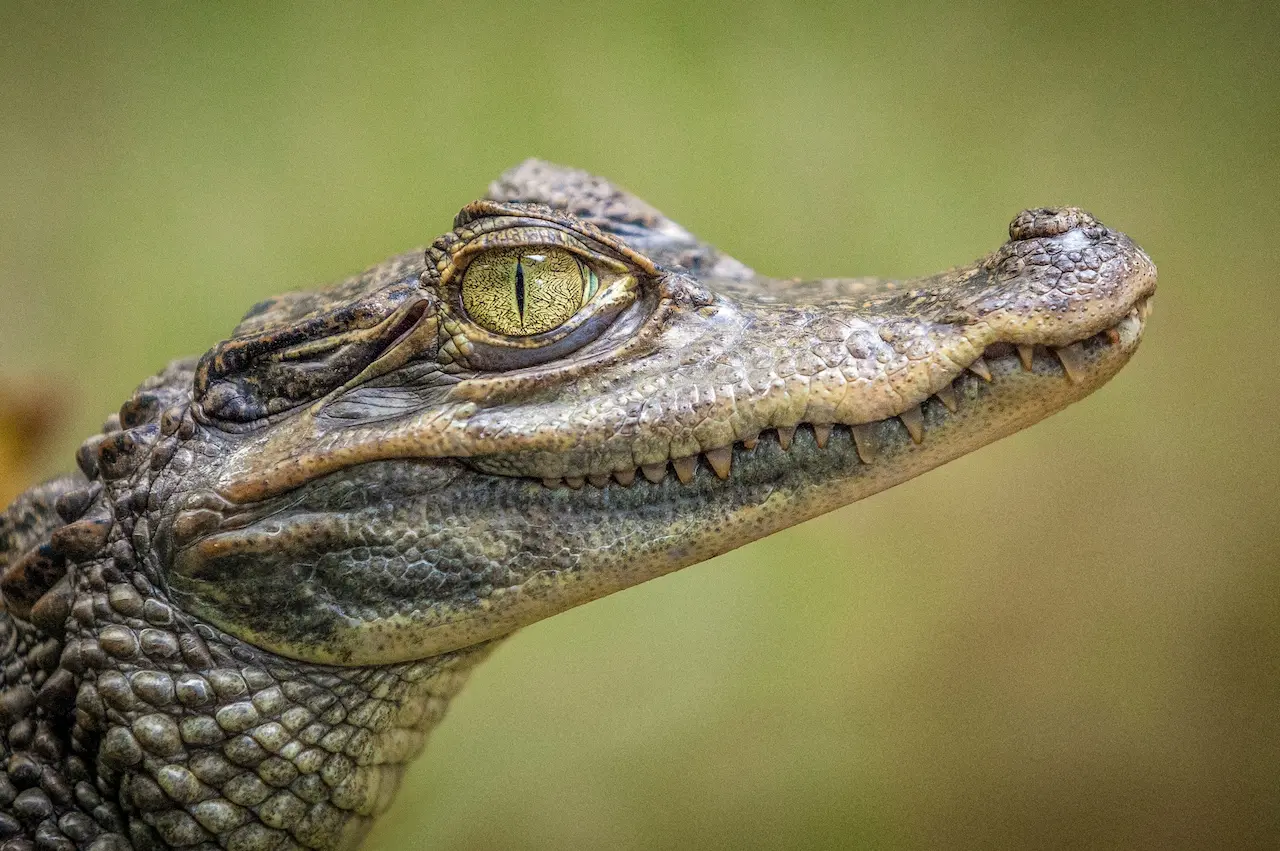
How Crocodiles Breed
Crocodiles are oviparous, meaning they lay eggs. Breeding typically occurs during the wet season when water levels rise and food is abundant. Females build nests from mud, vegetation, and sand near the water’s edge, laying between 20 and 80 eggs, depending on the species.
Unlike many reptiles, crocodiles are devoted parents. The female guards her nest fiercely for up to three months, protecting it from predators like monitor lizards and wild pigs. When the eggs begin to hatch, the baby crocodiles make high-pitched squeaks from inside their shells. The mother carefully digs them out and often carries them gently in her mouth to the water.
Temperature plays a crucial role in determining the sex of the hatchlings—a phenomenon known as temperature-dependent sex determination.
-
Warmer nests (above 33°C) tend to produce males.
-
Cooler nests (below 30°C) tend to produce females.
This natural mechanism helps maintain population balance, though climate change poses a growing threat by altering these delicate temperature ranges.
Crocodile Strength: Nature’s Perfect Predator
Crocodiles possess some of the strongest jaws on Earth. The Saltwater Crocodile, the largest living reptile, can exert a bite force of over 3,700 pounds per square inch (psi)—stronger than that of a great white shark or even a T. rex (according to some biomechanical estimates).
This crushing power allows crocodiles to seize and hold prey with unbreakable precision. However, their jaw-opening muscles are relatively weak, meaning that even a human can hold a crocodile’s mouth shut with enough strength—though it’s not something anyone should try!
Beyond their jaws, crocodiles have powerful tails that propel them through the water at speeds up to 35 km/h (22 mph). Their bodies are armored with bony plates called osteoderms, providing protection and support during combat.
Territorial and Aggressive by Nature
Crocodiles are highly territorial, especially during the breeding season. Males stake out sections of rivers or lagoons and will aggressively defend their territory against rivals. They communicate dominance through bellowing roars, slapping their snouts on the water, and even creating infrasonic vibrations that can be felt through the ground and water.
Encounters between males can turn violent, involving snapping jaws and whipping tails. In many habitats, the largest male controls the best section of the water, where food is plentiful and nesting areas are ideal.
Humans who enter these territories unaware can quickly become targets. In some regions, particularly in Africa and Southeast Asia, Nile and Saltwater Crocodiles are responsible for hundreds of attacks each year—reminders that these ancient reptiles demand respect.
Top 10 Amazing Facts About Crocodiles
-
They’re older than dinosaurs. Crocodile ancestors existed 100 million years before the first humans appeared.
-
They can go months without food. Crocodiles have slow metabolisms and can survive long dry spells by conserving energy.
-
Their hearts are unique. Unlike most reptiles, crocodiles have a four-chambered heart, similar to birds and mammals, allowing efficient oxygen control.
-
They use tools. Some crocodiles balance sticks on their snouts to lure nesting birds looking for twigs—a rare example of reptilian intelligence.
-
They can hold their breath for over an hour. When submerged, they slow their heart rate and redirect oxygen to vital organs.
-
They grow throughout their lives. Although growth slows with age, crocodiles never truly stop growing; some live beyond 70 years.
-
Their bite is nearly unstoppable. With a bite force exceeding 3,700 psi, they can crush turtle shells and even metal pots in captivity.
-
They have excellent night vision. Their eyes have vertical pupils and a reflective layer that improves sight in low light.
-
They “cry,” but not from emotion. The term “crocodile tears” comes from the glands that lubricate their eyes while feeding.
-
They are vital to ecosystems. Crocodiles control fish populations, recycle nutrients, and maintain healthy wetlands—making them keystone species.
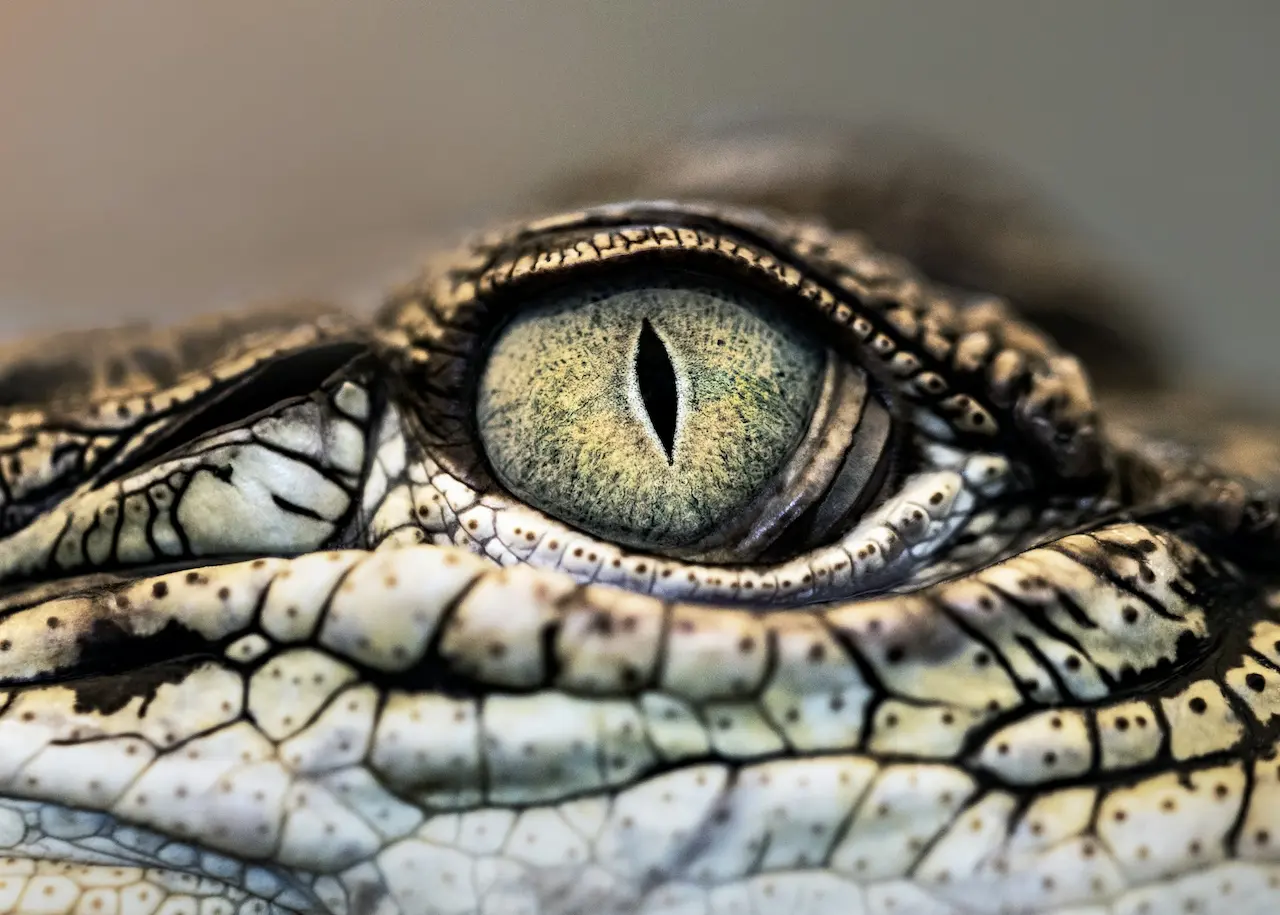
The Role of Crocodiles in Ecosystems
Crocodiles play a crucial ecological role as apex predators and ecosystem engineers. By preying on sick or weak animals, they maintain the health of fish and mammal populations. When they dig nesting holes or wallows, they create microhabitats that benefit fish, amphibians, and insects—especially during dry seasons.
Their leftover meals and droppings enrich the surrounding soil and water, contributing to nutrient cycles that sustain plant life and biodiversity. Without crocodiles, many wetland ecosystems would become imbalanced, leading to overpopulation of certain species and degradation of water quality.
Crocodiles and Humans
Humans have both feared and revered crocodiles for thousands of years. Ancient Egyptians worshipped Sobek, a crocodile-headed god symbolizing fertility and power. Indigenous cultures across Australia, Africa, and the Pacific islands include crocodiles in myths as symbols of strength, creation, and guardianship.
Today, crocodiles are a major part of eco-tourism in many regions. Controlled crocodile farms provide meat and leather while helping reduce illegal poaching of wild populations. Education and conservation programs have transformed our relationship with these once-misunderstood creatures—from adversaries to icons of nature’s resilience.
Still, conflict remains in areas where humans and crocodiles share the same waterways. Managing these interactions is essential to protect both people and reptiles.
A Glimpse Into Their Future
While some crocodile species are thriving, others remain critically endangered due to habitat destruction, pollution, and illegal hunting. The Philippine Crocodile, for instance, is one of the rarest reptiles on Earth, with fewer than 250 individuals remaining.
Climate change also poses new threats. Rising temperatures can disrupt sex ratios in hatchlings and alter water levels in nesting habitats. Conservationists are working hard to preserve these species through breeding programs, protected sanctuaries, and community education.
Their survival depends not only on science but also on our willingness to share the planet with these ancient guardians of the water.
From the Age of Dinosaurs to the Modern World
Crocodiles have witnessed the rise and fall of continents, the extinction of the dinosaurs, and the evolution of humankind. They are living links to our planet’s distant past—a reminder that life can endure unimaginable change through adaptation and patience.
Their story is not just about survival; it’s about balance. Crocodiles embody the raw power and persistence of nature itself, maintaining harmony in ecosystems that depend on their presence.
The next time you see one basking motionless on a riverbank, remember: behind those still eyes lies 200 million years of history, strength, and wisdom.
The Geography of Crocodiles
For geographers and biologists alike, crocodiles tell a story about Earth’s changing environments. Their distribution maps the warm river systems of our planet, from the mangroves of northern Australia to the swamps of Africa and the wetlands of South America.
Crocodiles also reveal how continental drift and climate shifts have shaped life’s journey. Fossil evidence shows that ancient crocodile relatives once roamed Europe and even Antarctica when the planet was warmer. Today’s species trace the remnants of those prehistoric migrations.
Studying crocodiles is not just about understanding an animal—it’s about understanding how life adapts to geography. From tectonic shifts to monsoon cycles, crocodiles have weathered every environmental challenge the Earth could throw at them.
Their survival story is one of nature’s greatest triumphs, blending biology, evolution, and geography into one breathtaking saga.
Summary
Crocodiles are more than just fearsome predators; they are living windows into the past and essential pillars of our planet’s ecosystems. Their ancient origins, incredible strength, and fierce territorial instincts remind us of nature’s raw power—and the delicate balance that sustains life on Earth.
They are creatures of two worlds—land and water, past and present—continuing a journey that began over 200 million years ago. As we study and protect them, we not only safeguard a species but also preserve a piece of Earth’s deep and untamed history.
Because to understand crocodiles is to understand evolution, survival, and the geography of life itself.

